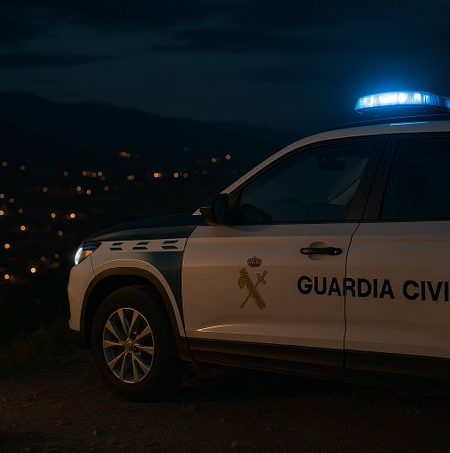Following the extraordinary tempest of the past few days, the natural beaches beneath Cape Santa Pola have been blanketed in hundreds of tonnes of Posidonia seagrass. In the midst of summer, the image reveals extensive “brown carpets” that have astonished tourists and bathers, resulting in an unusual appearance.
The General Directorate of Natural and Animal Environment has been requested by the Santa Pola City Council to grant permission to remove plant detritus from bathing areas. Posidonia swarms are prohibited from being removed from natural coastlines at any time of year, with the exception of exceptional circumstances like this one, to safeguard the ecosystem, as per regulations.
This stretch is not the sole shoreline that is engulfed by posidonia.
La Fossa shore in Calpe has also seen large accumulations, which have been moved to one end of the sand. The council has pointed out the value of posidonia in the context of beach health:
It is not dirt; its presence suggests that the water is uncontaminated and pure.
It functions as a natural barrier against coastal erosion.
It is a repository of marine biodiversity, containing a substantial number of species.
Due to their critical role in safeguarding the marine ecosystem and the littoral, the Generalitat’s Manual of Good Practices mandates that posidonia remain on the beach whenever feasible, unless otherwise authorised.









No Comment! Be the first one.